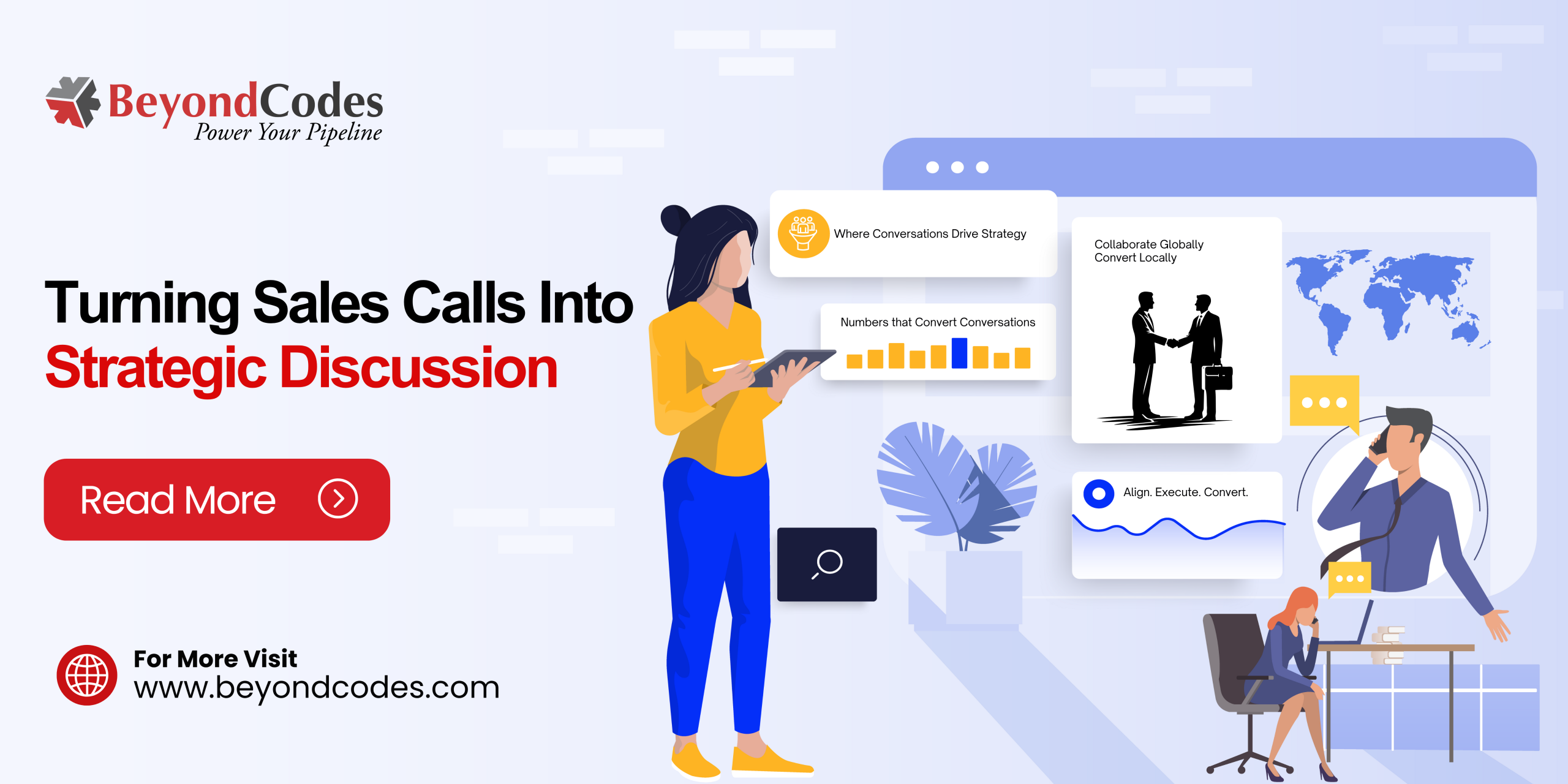In the ever-evolving landscape of B2B marketing, lead generation stands as the lifeblood that fuels sustained growth and profitability. The ability to generate high-quality B2B leads is a fundamental element of success for any B2B enterprise, influencing revenue, expansion, and market presence.
However, the process of generating leads and assessing their effectiveness is a complex journey that involves a plethora of strategies, tools, and analyses. To ensure your B2B business thrives, it’s crucial to understand what’s working and what’s not in your marketing efforts. B2B lead generation campaigns play a pivotal role in nurturing and maintaining a robust sales pipeline of potential clients.
So, how can you measure and analyze the success of your B2B lead generation efforts effectively? Let’s delve into the key metrics, techniques, and strategies that will help you refine your approach and drive long-term growth in the competitive B2B landscape.
Key Metrics for Measuring B2B Lead Generation
B2B lead generation metrics hold the key to evaluating the effectiveness of marketing efforts. Here are the key metrics businesses need to understand:
a) Qualified Leads: Differentiating between Sales Qualified Leads (SQLs) and Marketing Qualified Leads (MQLs) helps understand the sales funnel. While SQLs are ready-to-buy leads, MQLs require further nurturing before conversion.
b) Cost Per Lead (CPL): Determine the cost of acquiring a single lead. This metric helps in optimizing the budget allocation for B2B lead generation strategies.
c) Return on Investment (ROI): Evaluate the financial results of your lead generation campaigns. This metric gives you details on the total profitability of your sales strategies.
d) Lead Quality: Quality is as important as quantity in B2B lead generation. Evaluate the quality of B2B leads by analyzing factors such as engagement levels, firmographics, and relevance to your offerings.
e) Conversion Rates: Monitor the rate at which generated leads convert into paying clients. This metric plays an important role in measuring the effectiveness of lead generation strategies.
Visibility: Beyond website traffic, track your search engine rankings for focused keywords and Google’s featured snippets. Analyze branded and referral traffic to gauge potential customer interest.
f) Engagement: Key engagement metrics include time on page, conversion rates, and bounce rates, reflecting your website’s ability to engage and drive leads toward making a purchase decision.
g) Customer Acquisition Cost (CAC): Calculate the average expense of gaining a single customer, considering all costs related to B2B lead generation and sales efforts.
Quick Plug: Gain access to quality leads and appointment setting by leveraging B2B lead generation services at Beyond Codes. Take the first step today to elevate your business growth like never before. Call us now!
Techniques for Measuring B2B Lead Generation Success
To refine your lead generation strategy, consider these techniques:
a) Attribution Models: Utilize multi-touch attribution models to understand which touchpoints in the customer journey are the most influential. This helps allocate credit to different channels and campaigns, contributing to lead generation.
b) Marketing Automation Tools: Implement marketing automation software to track leads, manage campaigns, and understand customer behaviors. These tools offer insights into which strategies yield the most engaged and qualified leads.
c) CRM Integration: Integrate Customer Relationship Management (CRM) systems to capture, analyze, and manage leads effectively. This provides a comprehensive view of the lead lifecycle, aiding in better decision-making.
d) A/B Testing: Experiment with different messaging, offers, and channels to understand which combinations generate the most qualified leads. A/B testing enables data-driven optimization of lead generation efforts.
Read More: Outbound Lead Generation and its Strategies for Successful B2B Sales
Analyzing B2B Lead Generation for Continuous Improvement
For continuous refinement of your lead generation strategies, follow these steps:
a) Regular Reporting and Analysis: Set up regular reporting mechanisms to track the performance of lead generation strategies. Analyze the data and make adjustments to optimize campaigns continually.
b) Feedback Loops: Implement feedback loops to gather insights from your sales teams on the quality of leads generated. This information helps in refining lead generation strategies to align with sales requirements.
c) Competitive Benchmarking: Compare your lead generation efforts with industry benchmarks and competitors. This comparison helps in understanding areas that need improvement and best practices to adopt.
d) Customer Lifetime Value (CLV): Evaluate the long-term value of acquired customers. Understanding CLV helps shape lead generation strategies that attract high-value, long-term clients.
Final Thoughts
B2B lead generation is an effective and multifaceted process that demands consistent evaluation and analysis. By leveraging the appropriate metrics, techniques, and methodologies, businesses can refine their strategies, improve B2B lead quality, and increase conversions.
A proactive approach to measuring and analyzing B2B lead generation is pivotal for long-term success and growth in the competitive B2B landscape. Remember, staying ahead in the B2B market is not just about generating B2B leads but also about nurturing and converting them effectively. So, embrace these practices, adapt to changes, and keep your B2B enterprise thriving.
The List of Articles that You Can Read:
- How to Leverage ChatGPT for B2B Sales Process
- B2B Prospecting: What You Need to Know to Grow Your Business
- What is B2B Lead Generation? The Ultimate Guide
- B2B Lead Nurturing: The Ultimate Guide to Expand Your Business
- 5 Techniques of Lead Nurturing to Unlock the B2b Sales Success
- Mastering Sales As A Service: A Comprehensive Guide For Success
- Accelerate Deal Closures: 20 Highly Effective B2B Lead Generation Sales Strategies
Author
-
With 7+ years of experience and a background in media & communication, she brings stories to life that fuel lead generation success. She transforms complex B2B ideas into content that is clear, engaging, and results-driven—helping key decision-makers take action. A good cup of coffee fuels her writing ideas, and when off the clock, she enjoys unwinding with her dog by her side.








